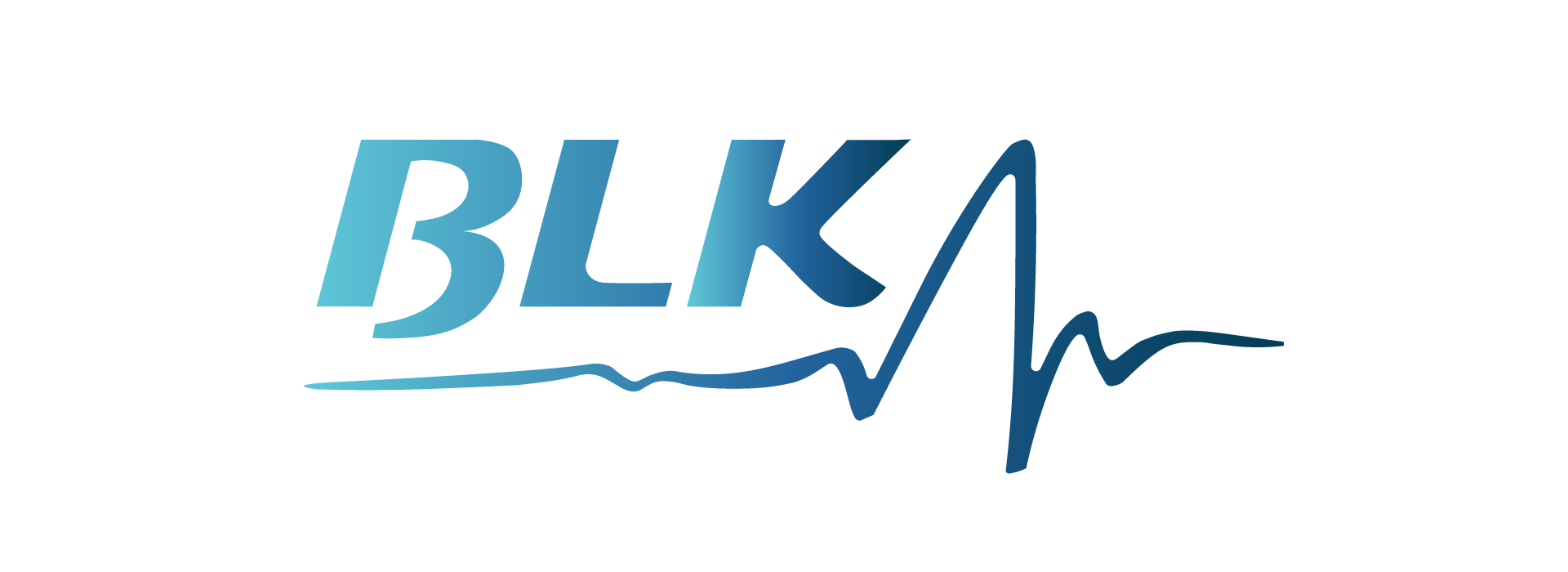Breast cancer is one of the most prevalent types of cancer globally, affecting millions of women and men each year. While great strides have been made in treatment and survival rates, the key to fighting breast cancer is awareness, education, and early detection.
This article delves into the risk factors, the importance of early detection, and how we can all play a role in reducing the impact of this disease.
What is Breast Cancer?
Breast cancer occurs when cells in the breast grow uncontrollably, forming a malignant tumor. These cancer cells can spread to other parts of the body if left untreated. It typically starts in the cells of the lobules (milk-producing glands) or ducts (passageways that carry milk to the nipple).
Types of Breast Cancer
There are several types of breast cancer, but the most common are:
- Invasive Ductal Carcinoma (IDC): This type starts in the milk ducts and invades surrounding tissue.
- Invasive Lobular Carcinoma (ILC): This type begins in the milk-producing glands.
- Other Types: There are other less common forms, including inflammatory breast cancer and triple-negative breast cancer, which are more aggressive.
Understanding the type of breast cancer a person has can significantly affect the treatment plan and prognosis.
The Importance of Breast Cancer Awareness
Breast cancer awareness plays a vital role in reducing mortality rates. The more educated people are about the risk factors and symptoms, the more likely they are to catch the disease early when it’s most treatable. Awareness campaigns also promote regular screenings, which can detect cancer before it spreads.
Common Risk Factors for Breast Cancer
Several factors can increase the likelihood of developing breast cancer. While some are uncontrollable, understanding them is critical for assessing personal risk.
Heredity and Genetics
Women who carry mutations in the BRCA1 or BRCA2 genes have a higher risk of developing breast and ovarian cancer. Genetic testing can help individuals determine if they carry these mutations and take preventive actions.
Age and Gender
Age is a major risk factor—most breast cancer cases occur in women over 50. Gender also plays a role, with women being far more likely than men to develop breast cancer.
Personal History of Breast Cancer
If you’ve had breast cancer before, there’s an increased risk of recurrence. This makes regular check-ups and screenings essential for survivors.
Family History of Breast Cancer
Having close relatives, especially a mother or sister, who have had breast cancer, significantly raises your risk. While genetics plays a role, shared lifestyle factors may also contribute.
Lifestyle Factors
Smoking, excessive alcohol consumption, and a poor diet can all contribute to an increased risk of breast cancer. Maintaining a healthy lifestyle is one way to reduce the chances of developing the disease.
Additional Risk Factors to Consider
Hormone Replacement Therapy (HRT)
Women who use HRT for menopausal symptoms may have a slight increased risk of breast cancer. It’s important to weigh the benefits and risks with your doctor.
Radiation Exposure
Previous radiation treatments, especially to the chest area, can raise the risk of breast cancer later in life.
Reproductive Factors
Women who experience early menstruation, late menopause, or have their first child after age 30 may face a slightly higher risk of developing breast cancer.
Understanding Genetic Testing for Breast Cancer
Genetic testing is often recommended for individuals with a strong family history of breast cancer. Testing can reveal mutations like BRCA1 and BRCA2, allowing for informed decisions regarding prevention strategies, such as increased surveillance or preventive surgeries.
Signs and Symptoms of Breast Cancer
Early detection is crucial, and recognizing the signs can make a significant difference. Common symptoms include:
- A lump in the breast or underarm
- Changes in breast size or shape
- Dimpling of the skin
- Nipple discharge (if you are not pregnant or breastfeeding), which may have blood in it
- Redness or scaling of the nipple or breast skin
It’s essential not to ignore any unusual changes, even if they don’t seem alarming at first.
The Importance of Early Detection
Breast Self-Exams
Performing regular breast self-exams can help you become familiar with how your breasts normally feel and look, making it easier to notice changes. Aim to do these exams monthly.
Clinical Breast Exams
In addition to self-exams, it’s recommended to have clinical breast exams performed by a healthcare provider regularly, especially if you are over 40.
Mammograms
Mammograms are the most effective screening tool for early detection. Women over 40 should have a mammogram annually or as recommended by their doctor. Detecting cancer at an early stage significantly increases the chances of successful treatment.
Preventive Measures to Lower Breast Cancer Risk
While not all cases of breast cancer can be prevented, certain lifestyle changes can help lower your risk.
Maintaining a Healthy Weight
Obesity, especially after menopause, increases the risk of breast cancer. A balanced diet and regular exercise can help maintain a healthy weight.
Limiting Alcohol Consumption
Studies show a direct link between alcohol consumption and breast cancer. Limiting alcohol to no more than one drink per day can lower your risk.
Physical Activity
Exercise plays a vital role in reducing breast cancer risk. Aim for at least 150 minutes of moderate exercise per week to keep your body strong and healthy.
Balanced Diet
Eating a diet rich in fruits, vegetables, lean proteins, and whole grains can help protect against many types of cancer, including breast cancer.
Treatment Options for Breast Cancer
If diagnosed with breast cancer, treatment options vary depending on the stage and type. Common treatments include:
- Surgery: Lumpectomy or mastectomy to remove the tumor
- Radiation Therapy: Targets cancer cells with high-energy rays
- Chemotherapy: Uses drugs to destroy cancer cells
- Hormone Therapy: Blocks hormones that fuel cancer growth
- Targeted Therapy: Focuses on specific molecules involved in cancer growth
Survivorship and Life After Breast Cancer
After treatment, many survivors face physical and emotional challenges. Support systems, including counseling, support groups, and regular follow-ups with healthcare providers, are crucial for adjusting to life post-treatment.
The Role of Breast Cancer Awareness Campaigns
Campaigns like the pink ribbon initiative and National Breast Cancer Awareness Month have done wonders in raising awareness, promoting early detection, and funding research. They remind us of the importance of regular check-ups and self-exams.
Breast cancer awareness and early detection can save lives. By understanding the risk factors, performing regular screenings, seeking medical assistance, and maintaining a healthy lifestyle, we can all play a part in the fight against breast cancer. Remember, knowledge is power—get educated, spread the word, and take proactive steps for your health.
FAQs
What are the most common signs of breast cancer?
Lumps in the breast, changes in size or shape, nipple discharge, and skin changes are common symptoms to watch for.
Is breast cancer only a concern for women?
No, men can also get breast cancer, though it’s much less common.
How often should I perform a breast self-exam?
It’s recommended to perform a self-exam once a month to become familiar with your breasts and notice any changes early.




